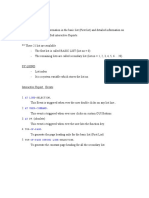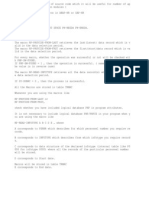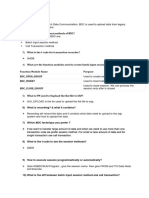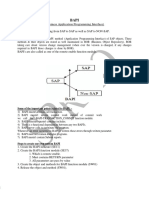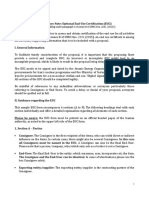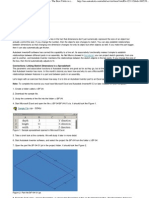0% found this document useful (0 votes)
498 views3 pagesDSA Interview Questions and Answers
The document contains a series of DSA interview questions along with their answers, covering topics such as data structures, sorting algorithms, and specific data types. Key concepts include the differences between file and storage structures, the nature of linked lists, dynamic data structures, and operations on queues. Additionally, it discusses merge sort, selection sort, graph applications, AVL trees, and the distinction between NULL and VOID.
Uploaded by
kanalavijayakumari2005Copyright
© © All Rights Reserved
We take content rights seriously. If you suspect this is your content, claim it here.
Available Formats
Download as PDF, TXT or read online on Scribd
0% found this document useful (0 votes)
498 views3 pagesDSA Interview Questions and Answers
The document contains a series of DSA interview questions along with their answers, covering topics such as data structures, sorting algorithms, and specific data types. Key concepts include the differences between file and storage structures, the nature of linked lists, dynamic data structures, and operations on queues. Additionally, it discusses merge sort, selection sort, graph applications, AVL trees, and the distinction between NULL and VOID.
Uploaded by
kanalavijayakumari2005Copyright
© © All Rights Reserved
We take content rights seriously. If you suspect this is your content, claim it here.
Available Formats
Download as PDF, TXT or read online on Scribd
/ 3




